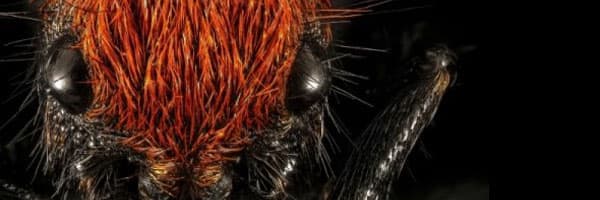
- Learn-by-doing activity: Interactive game to make quick decisions on what to eat and what to avoid!
- Data Collection and Analysis: Make observations and ratings; take measurements of physical features, analyze data patterns to determine predator cues.
- Aligned to NGSS MS LS-2-2: Construct an explanation that predicts patterns of interactions among organisms across multiple ecosystems.
To Eat or Not To Eat?
Total Estimated Time: 2-3 class periods, 130 minutesThis investigation is designed to engage your students in a unique phenomenon that drives some ecosystem relationships and interactions: mimicry!
PART 1: Be the Predator! (Learn-by-doing educational game)
How will you find food? Is that prey delicious or disastrous?
(20-30 minutes)
- Students take the role of a predator to learn how predator behaviors are shaped by physical cues of prey -- and mimicry! Science comics between rounds deepen student understanding of target species, predatory-prey relationships, predator cues, and mimics.
PART 2: How to Fool a Predator (Data collection and analysis)
Analyze which physical features influence predator behaviors.
(45-60 minutes)
- Students use digitized specimens (velvet ants and spiders) to explore the physical features that might cue predator behaviors -- and give mimics a survival advantage! Students choose a physical feature to examine, collect data directly from museum specimens, and analyze their data. An entomologist from the Natural History Museum of Utah guides students through accurate data collection and the analysis of data patterns!
PART 3: Predicting the Future!
Will rapid changes affect predator-prey interactions?
(20-30 minutes)
- What happens when ecosystems undergo rapid change? Will mimics still have the right physical features to fool predators? In this part of the investigation, students use their findings on predator cues to argue about the future for mimics. Will they struggle or thrive as velvet ant populations change?
